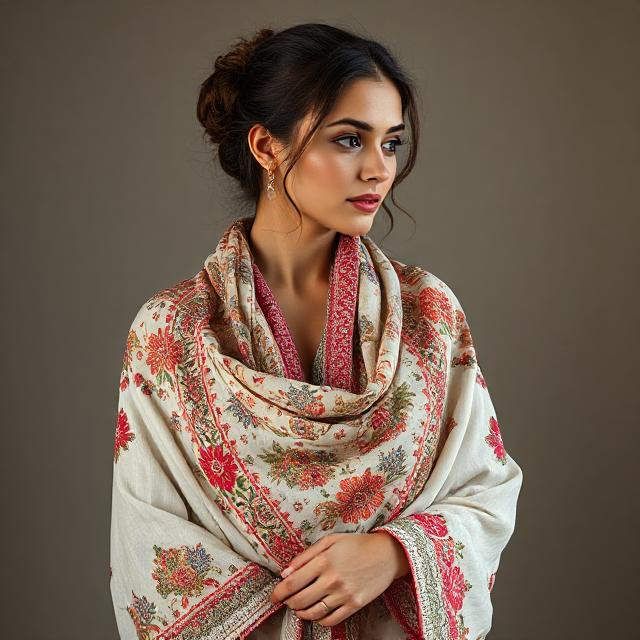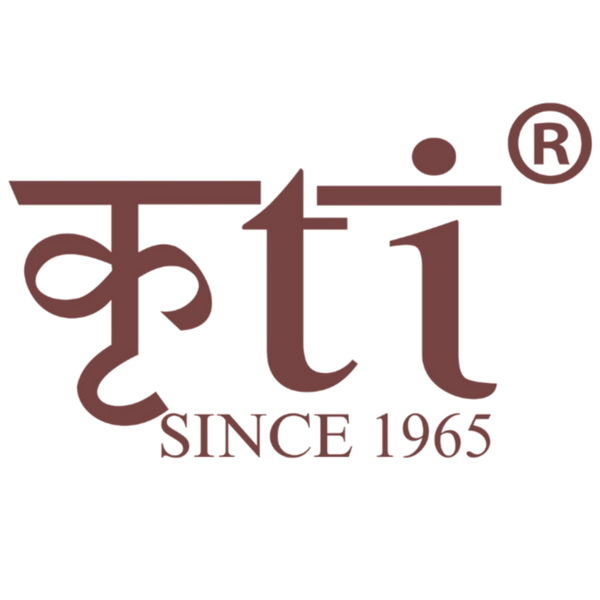
Origin Of Embroidery Shawls
Share

Origins of Embroidered Shawls: A Journey Through Time
Embroidered shawls have been a part of human history for thousands of years, combining warmth with artistic beauty. From simple stitched patterns to elaborate handcrafted masterpieces, embroidery on shawls has evolved across different cultures and regions.
Early Beginnings: Embroidery on Shawls in Ancient Times
Mesopotamia (3000 BCE - 500 BCE)
● One of the earliest civilizations to use embroidery, the Sumerians and Babylonians decorated their woolen garments with stitched patterns.
● Shaw ls were likely embroidered with geometric shapes and religious symbols.
Egypt (3000 BCE - 30 BCE)
● Egyptian linen shawls often featured hand-stitched patterns using colorful threads.
● Gold and silver thread embroidery was common among the wealthy, symbolizing status and elegance.
Indus Valley Civilization (2500 BCE - 1500 BCE)
● Archaeologists have found evidence of early textile production, including embroidered fabrics.
● Trade with Mesopotamia suggests that embroidered shawls or draped clothing existed.
Greece & Rome (800 BCE - 500 CE)
● Greek himation and Roman palla shawls were sometimes decorated with embroidered borders.
● Wealthy women wore shawls with delicate embroidery, using fine silk and wool threads.
Medieval Period: Growth of Embroidered Shawls
As textile production advanced, embroidery became more detailed and refined. Different cultures developed unique embroidery styles for their shawls.
Persia (Iran) and Central Asia
● Persian artisans created stunning embroidered shawls using silk and gold threads.
● Designs included floral motifs, animals, and intricate geometric patterns.
China and the Silk Route
● Chinese silk shawls were embroidered with dragons, phoenixes, and nature-inspired patterns.
● The Silk Route spread embroidery techniques across Asia and the Middle East.
Tibet and Mongolia
● Tibetan monks wore woolen shawls with embroidered sacred symbols.
● The cold climate made thick, embroidered shawls essential for daily use.
The Birth of Kashmiri Embroidered Shawls (15th - 17th Century)
Kashmir became the center of exquisite shawl embroidery, known for its detailed hand-stitched designs.
The Role of Sultan Zain-ul-Abidin (1420–1470 CE)
The Sultan introduced Persian weaving and embroidery techniques to Kashmir.
● Skilled craftsmen from Persia and Central Asia refined the art of Kashmiri shawl embroidery.
Mughal Era (16th - 18th Century)
● The Mughal emperors, especially Akbar, loved embroidered Kashmiri shawls.
● The famous boteh (paisley) pattern became popular during this time.
Popular Embroidery Techniques in Kashmiri Shawls
1. Sozni Embroidery:
2. Fine needlework done with silk or wool thread.
3. Common motifs: flowers, paisleys, vines.
4. Often covers the entire shawl or its borders.
5. Tilla Embroidery:
6. Uses gold and silver threads for a royal look.
7. Mostly found on wedding and ceremonial shawls.
8. Aari Embroidery:
9. Uses a hooked needle for chain stitch patterns.
10. Faster than Sozni but equally beautiful.
Embroidered Shawls in Europe (18th - 19th Century)
● French and British traders brought Kashmiri embroidered shawls to Europe.
● Napoleon Bonaparte’s wife, Josephine, made Kashmiri shawls a fashion trend in France.
● European imitation shawls, especially from Paisley, Scotland, became popular.
20th & 21st Century: Modern Embroidered Shawls
● Kashmiri Pashmina shawls with embroidery remain a luxury item.
● Designers incorporate embroidered shawls into high fashion.
● Handcrafted shawls support artisans and promote sustainable fashion.





